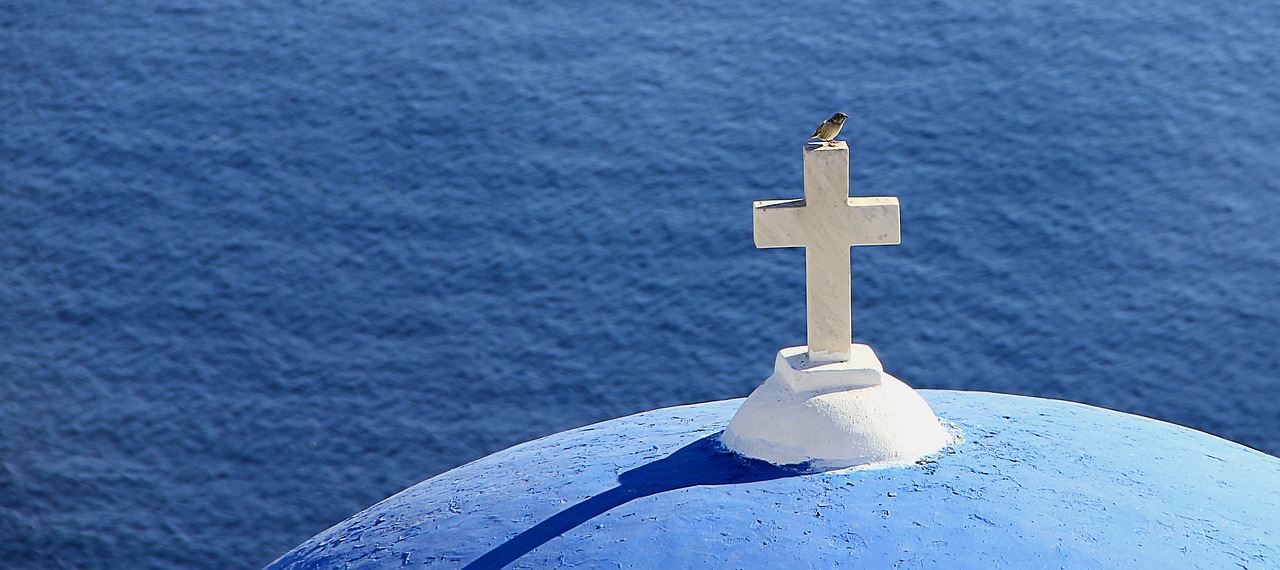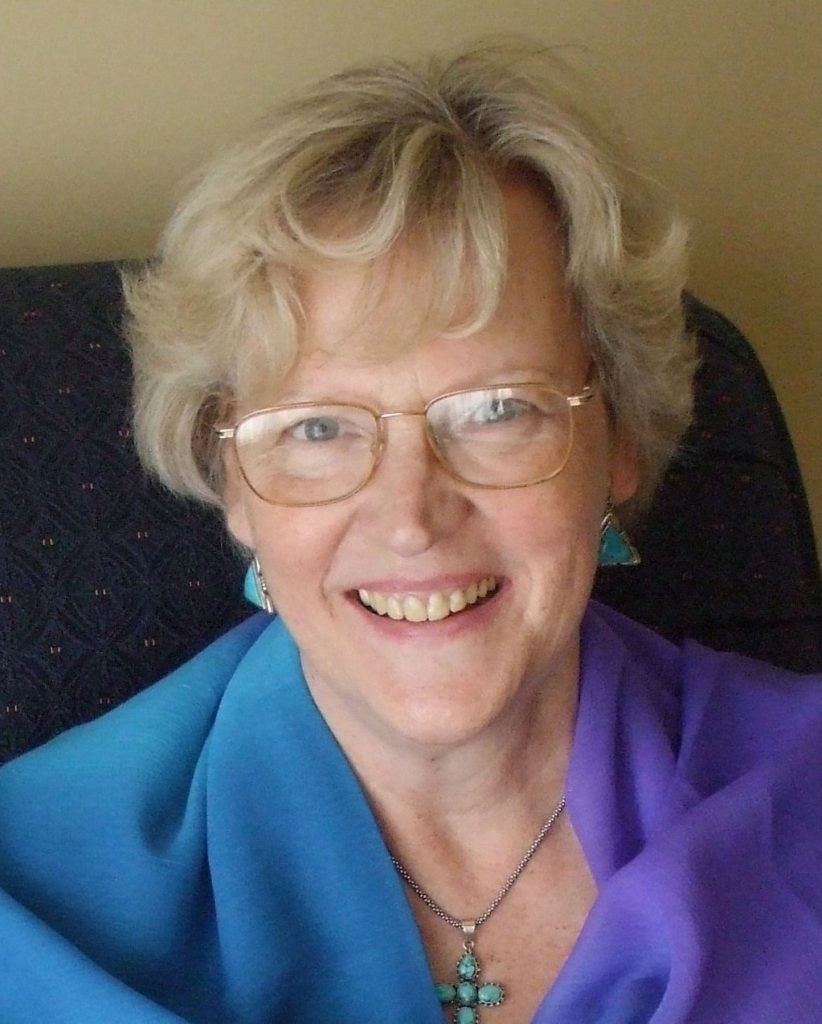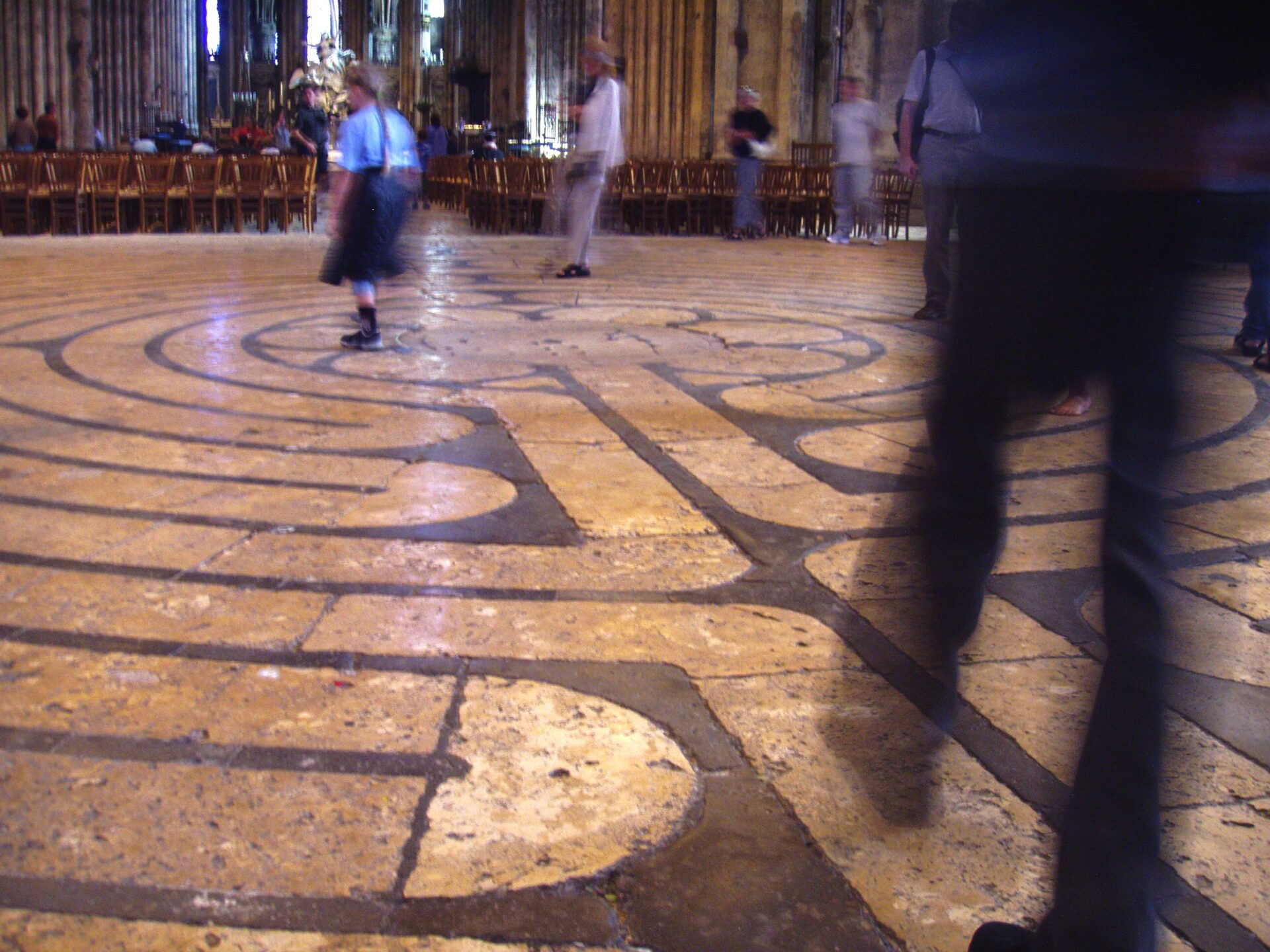Our religious upbringing forms our inheritance of images of God, which may well be a further hindrance to us on the spiritual path. We must become aware of how our ideas about God are not only shaped by social and cultural factors but are also distorted by our conditioning, our personal fears, hopes and needs. They are often a product of our early childhood linked with our attitudes especially to parents and teachers. All images are a product of the ‘ego’. By naming ‘God’, we feel we know the Divine Reality; by having formed a clear image of Him/Her, the ‘ego’ feels safe and in control. But naming is not knowing.
We have been made “in the image and likeness of God.” (Genesis) But rather than understand this as our having the Divine image and likeness within us, we take this literally and consequently we make God in turn into our own conditioned image and likeness: “Most people are enclosed in their mortal bodies like a snail in its shell, curled up in their obsessions after the manner of hedgehogs. They form their notion of God’s blessedness by taking themselves for a model.” (Clement of Alexandria 2nd c CE) Often when we turn ‘agnostic’ or even ‘atheist’, it is our image of God that has died. Nietzsche’s cry God is dead is a striking example of that. He no longer could accept the God of his childhood and threw out the baby with the bathwater.
The Scriptures show us clearly how this process works: our images reflect the time in which we live and what we need. We see a sequence of images of God linked to humanity’s social evolution. First we meet the tribal God of the Hebrew Bible: all-powerful, protective, bountiful, awesome but also distant, capricious and unpredictable, like Nature on which small often migrating communities were so dependent. This is followed by a more impartial God, omnipotent and omniscient, not quite as distant, a just ruler like the ideal King the settled community or city state then required. Then we find the God of Love of the New Testament, reflecting the need for peace and service in a larger community, cementing relationships. But God does not change – only our images do.
Even if we know that we cannot encompass the Divine in words and thoughts, we find it too difficult on the whole to relate to something ‘unnameable’, ‘ineffable’, and ‘unlimited’. The human mind needs images – that is how it is made; it is part of our physical being in this level of reality of time and space. But we need to remember that God is much more than our images and look beyond the images to the Reality they point to. As a Buddhist saying underlines, they are fingers pointing at the moon, not the moon itself. By treating our images as the Reality, ignoring that they are merely shadows of the Real, we in fact make idols out of our images. But we need to smash these idols. Meister Eckhart (14th century German mystic) put this forcefully in his saying: “Therefore I pray to God to rid me of god.” (rid me of my images of god). This saying is very similar to the Buddhist saying: “When you meet the Buddha on the road kill him.” It is the Godhead beyond our images that we are intimately linked with and images only hide that reality. Meditation with its emphasis on letting go of words and images helps us to let go of our false images, our idols, and enter into the wordless experience of God.
Image by Greg Montani from Pixabay





